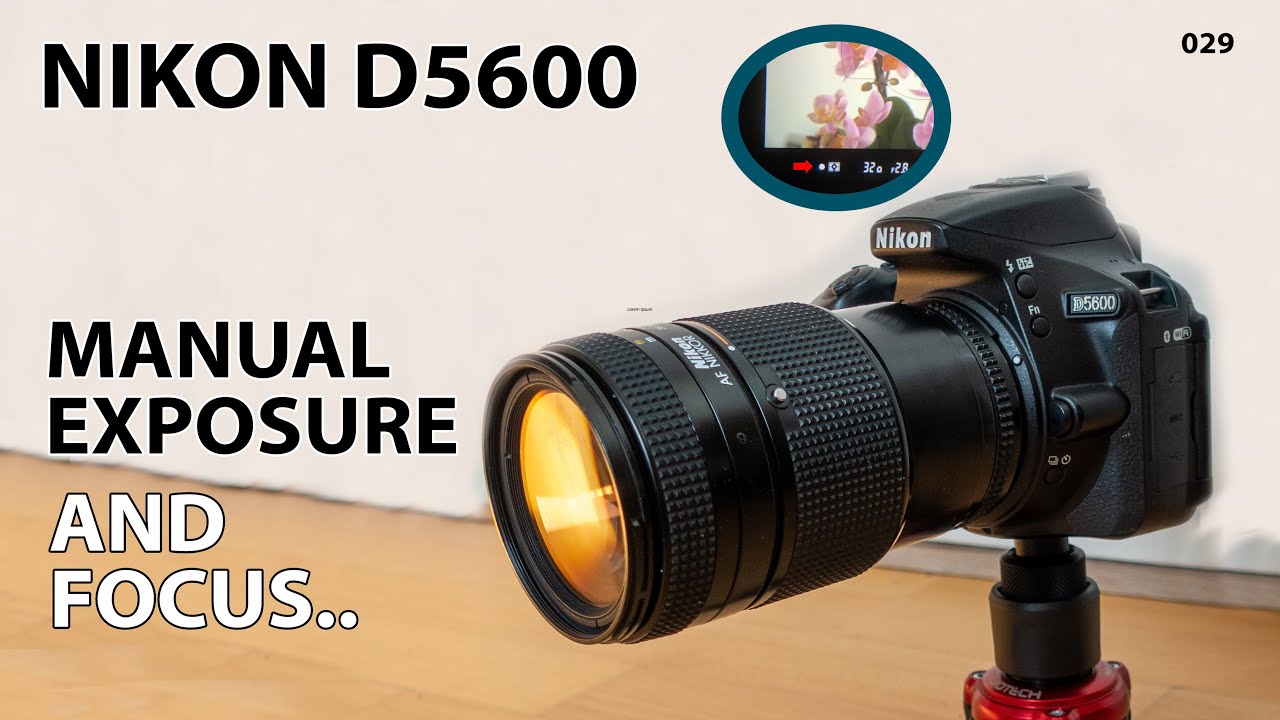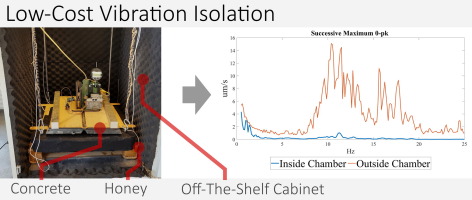
A great way to give perspective to a photograph is to take it with depth. There are many ways to achieve this effect. To add depth to your picture, you can use large apertures to increase the focus. To create a 3D effect, you can adjust the focus of your image.
Light
Good photographers use light to give photographs depth and separation. This is achieved by focusing the light onto the subject. This effect can be achieved in many ways. A strobe or reflector can be used to shine light on the subject's head or hair. Another good way to add depth is to use the sun's backlighting.
The distance between the subject in a photograph and its lens will influence the DOF. The DOF of a photograph will decrease the closer it is to its subject. A photograph of distant subjects may have a greater DOF.
Shade
Depth can be described as a subjective perception based on the interaction of light and shadows. The closer a surface to its light source is, the darker it will appear. However, the farther away it gets, the brighter and darker it will appear. This contrast helps the viewer perceive how an object feels.

You can manipulate depth by using the Horizon Line and other techniques. The object will appear closer to the observer if it has a strong horizon. A stronger line will appear closer while a shorter line will appear further away. The illusion of depth can be enhanced by using shadows and outlines to distinguish objects.
Aperture
The aperture, or fstop in photography, is the amount of light that will pass through your camera. This can affect the depth and field. This is an important creative and compositional aspect of any photograph. The deeper the depth of field, the lower the aperture. Contrariwise, a higher number of f-stops will result in sharp backgrounds and deeper field.
The smaller the aperture, more light will focus on the subject than the background. The closer you are to distant objects, the sharper the aperture will be.
Sensor size
In many ways, the number of pixels in a camera sensor has an impact on the image. The sensor size can affect the depth of field. A smaller sensor will usually provide a shallower field than one with a greater depth. You can also crop the sensor if necessary.
High-quality photos can only be achieved by choosing the right size sensor. A larger sensor can produce better quality images and have a greater dynamic range. You will also need larger housings and lenses. This can make it difficult for some situations.

Circle of confusion
The important thing about capturing a photograph is the depth of field. Sharpness of a photograph is determined by the distance between the subject (or the point of light) and the object in the image. The point of light is always in focus. While the lights in the background may be out of focus, it's usually the focal point. This effect can be easily captured if you use a wide aperture. You will get a better overall picture.
A large depth of field will produce a large area of sharpness, while a shallow depth of field will only produce a small area of sharpness. Understanding the depth of your field is key to maximising your photos. You need to know what the circle is in order to understand depth. A circle or confusion is a blurred, circular pattern created by the lenses. This represents an out-offocus image of a single spot. It appears sharper when the area is small.
FAQ
Which Lenses Should I Use?
Beginners often ask, "What lens should I purchase?" The choice is difficult because of the many options.
The good news? You don’t have to purchase a completely new lens for every new camera you buy. You can instead add lenses later.
There are three types possible lenses.
-
Wide Angle Lens (14mm-24mm): These lenses have a wide view angle that will allow you to capture more of your subject. You can also zoom in without losing image quality.
-
Normal/Standard zoom lens (28mm -70mm). These lenses allow the user to adjust focal lengths while still maintaining good image quality.
-
Telephoto Zoom Lens (70mm–200mm) : These lenses are ideal for photographing distant subjects. These lenses let you focus on the subject even if they are small.
These lenses can also be combined to produce different effects. You can use a normal lens for close-up detail and switch to a zoom lens to capture distant objects.
Do I Need A Tripod?
This is one those questions that everyone has to ask. The truth is that a tripod isn't always necessary, but it can come in handy.
A tripod allows you to stabilize your camera when taking photos at slow shutter speeds. If you're shooting landscapes or other stationary subjects, then a tripod can make a big difference.
However, a tripod can blurriness if you are photographing moving subjects, such as people or athletes. How can you tell which situations call for a tripod and why?
A tripod is useful for any situation where you want to photograph fast action or stationary subjects. Examples include:
-
Sports
-
People
-
Landscapes
-
Close-ups
-
Macro shots
Try this test to find out if you really need a tripod. Keep your camera still, and then look through the viewfinder. If blurred lines appear or you feel movement, you will definitely need a tripod.
If there isn't blurring you won't notice any benefit from adding a tripod.
These are just a few tips to help you decide whether or not to purchase a tripod.
-
Make sure your tripod has smooth legs. This will stop unwanted vibrations shaking your camera.
-
Make sure you choose a sturdy tripod. Some tripods are made of plastic, so they may not be as durable. Instead, choose a metal tripod.
-
Consider purchasing a remote release. You can control your camera remotely with this remote release. The button can be pressed to activate the shutter.
-
Make sure to look for a tripod that rotates 360 degrees. This makes it easier to position your camera vertically or horizontally.
-
Keep in mind that tripods aren't cheap. Expect to spend around $100-200. However, you'll get a lot of value for your money.
-
Accessories such as filters and memory cards should be considered.
-
Before you buy online, make sure to check your local shops. Many retailers offer free shipping.
-
Review a product to find out what other customers think.
-
Ask family members and friends who own similar products.
-
Forums and message boards are a great place to find out about customer experiences.
-
Search online for user reviews.
-
Amazon.com makes it easy to compare prices and see customer feedback.
-
Take a look at these photo galleries to see what other photographers do with tripods.
What equipment is required to start digital photography?
You should first consider what kind of camera you want when you begin digital photography. There are many options available, including DSLRs (digital single-lens reflex cameras), compact point-and-shoot cameras, camcorders and smartphones. Each has its own benefits and features. DSLR cameras can produce high-quality images, but they are usually heavier and more bulky than other types. Point-and shoot cameras are lighter and smaller than other types of cameras and can often be set up automatically for certain situations. Camcorders have excellent video recording capabilities. They may also offer still-photo shooting modes. Smartphones are small, light, and easy to carry around and offer great image quality and many advanced features such as GPS mapping, music playback, and Internet browsing.
Once you have made your decision on the camera type you wish to purchase, it is time to decide if you want to buy a used one or a brand new one. Even if the cameras were bought in the last few decades, they can still be purchased at reasonable prices. New models generally cost more because manufacturers spend large amounts of money developing new technology.
Next, you'll need to buy lenses. Lenses are a critical part of determining the quality your photos. They allow you to control the lens's focal length, allowing you to zoom into the scene without losing focus. Some lenses can be equipped with flash units that are built-in, while others may require external flash units. There is a wide selection of lenses available from different brands. Each lens has its own characteristics.
Finally, memory cards are something you should consider. Memory cards store pictures taken by your camera. It can hold hundreds to thousands of photos, depending on how big your card is. Multiple memory cards will be required if your plan is to take lots of pictures.
What makes a good camera backpack?
Because it protects your equipment while you are traveling, choosing a camera backpack is crucial. Consider these factors when selecting a bag.
-
Size: Choose a big bag to hold your camera and accessories comfortably. Don't go bigger than you think you will need.
-
Durability: You should look for bags made from durable materials, such as canvas, nylon, leather, and polyester. Avoid fabric and plastic bags.
-
Protection: Make sure that your bag offers protection against dirt, moisture, and scratches
-
Organization: Organize your gear by type so you can quickly access what you need. Your lenses, memory cards, and battery charger can be placed in different compartments.
-
Comfort: A shoulder strap is a better choice than a handbag for shooting. A comfortable design should have padded straps.
-
Price: Check around to find the best prices. Many brands offer their products at discounted prices. This can be a huge advantage.
-
Warranty: Ask if the company offers a warranty on its products. This will ensure that you are able to contact the right person if something happens to your bag.
Statistics
- In this case, 100% of readers who voted found the article helpful, earning it our reader-approved status. (wikihow.com)
- Get 40% off Adobe Creative Cloud(opens in new tab) (creativebloq.com)
- The second easiest way to get blurry photos 100% of the time is to use a cheap filter on the front of your lens. (photographylife.com)
- There are people out there who will pick at flaws they can only see in 100% crops of your photos. (wikihow.com)
External Links
How To
How to Take Pictures of Yourself
Portraits are important, because they reveal who you truly are. They tell your story. Perhaps you have a favorite image of yourself from when you were younger. But now, you want to capture something more. It is easy to forget the joy of taking photos. Here are some tips for getting started.
-
Make sure you have enough light. The best time to shoot portraits is early morning or late afternoon. Use flash only when there is not direct sunlight. It will wash out details. Avoid shooting at noon. You will have too many shadows.
-
Use a tripod. A tripod will prevent you from seeing any movement when you hold the camera still. It will also prevent you from freezing action. Also, if you do plan on using a flash, prepare your shot without it. After that, turn off the flash again and start over.
-
Take close-ups. Closeups are great for showing detail. If you have a bad eye, closeups can appear fake. Pay close attention and observe the noses, eyes, and mouths. Notice anything unusual? Is it possible that someone is wearing glasses? Are there freckles on her nose? These details add depth to an individual's appearance.
-
Do not force smiles. Smiles are tricky. Most people smile naturally when they feel happy, but others don't. If you try to force them, it just looks unnatural. Take a moment to think about what makes us laugh. Perhaps it's silly things like watching a cat jump through a hoops. Perhaps you simply love watching paint dry. Whatever it is, think about it until you find yourself laughing.
-
Be creative. People often think of themselves as boring. Not being boring isn’t bad. Find ways to get out of the normal. For example, you could ask someone to pose with his hands behind his back. Another option is to suggest that he wear a funny headgear.
-
Keep practicing. Keep practicing. You'll eventually become more skilled at capturing moments. As you improve, you will be able to see more interesting events around you.
-
Have fun. Shooting photos should be enjoyable. If you enjoy the process, you'll be more likely to do it again. Plus, you'll probably end up with some really cool shots.
-
Show off your work. Once you learn how to take good pictures, share them with friends and family. Tell them why it was taken. Show them where you went. Tell them what you did.
-
Be patient. Sometimes things just don't click. It happens to everyone. Don't worry. Keep moving on to another image.